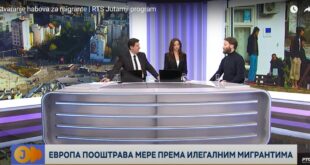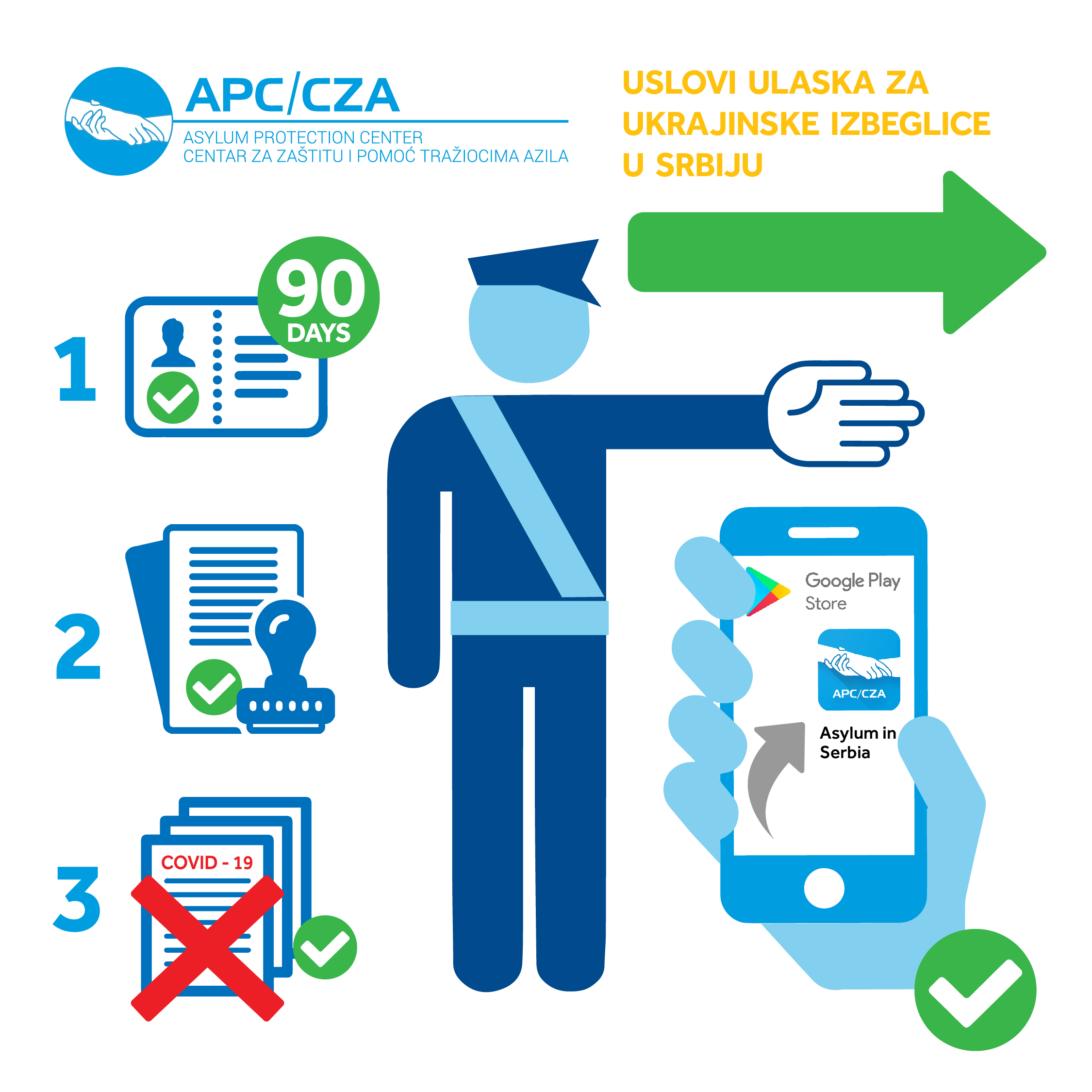Source: Euronews
Belgrade, 12/17/2021- The number of migrants in Serbia, despite the years of pandemic, has not decreased, on the contrary. The asylum seekers from Afghanistan, Syria and other countries via the Balkan route, which includes Serbia, still want to reach the countries of the European Union. On International Migrants Day, the world casts a brief look at the fate of these people.
The life of migrants in Serbia is reduced to waiting for the opportunity to go to the EU countries. Hasib wants to reach Germany.
“As you know, in Afghanistan, the situation is not good, and I wanted to leave because I want to stay alive and because I want to go to Germany and live and study there,” said Hasib, a migrant from Afghanistan.
He is not the only one looking for a way to a better life through Serbia. Asylum seekers centers in Serbia have received a large number of people in recent years.
“Since the beginning of the migrant crisis in 2015, about one and a half million people have passed through our country. Currently, there are slightly less than 5,000 of them in our centers in Serbia,” said Nikola Popov from the Commissariat for Refugees.
The negligible number of migrants apply for the asylum in Serbia, and most of them do so in order to have more time to prepare for the further journey. Asylum seekers centers usually have a greater influx of those who would like to take shelter there in the fall and winter.
According to expectations, in 2021 the number of migrants will not be lower than the previous year because the Balkan migrant route is still active, despite the new channels that have opened in the meantime.
Đurović: Serbia must increase the capacity of reception centers
According to estimates by Asylum Protection Center, 7,000 migrants are currently in Serbia, of which 1,000 are located along the border with Hungary, Croatia and Romania.
The director of the Center, Radoš Đurović, said that Serbia must increase the capacity to 10,000 in the reception camps and enable those people to stay longer in the country.
“The situation is difficult. Not all of them are in the camps, at least 1,000 are in the border areas in the north of the country. It is also difficult in the camps, not all of them are the same, somewhere there is a lack of hot water, clothes, shoes, doctors… The situation is not great, but in compared to the rest of the country, migrants somehow come last, they don’t complain and manage to move on,” Đurović told for Euronews Serbia.
He added that hundreds of cases were recorded in the north of the country where people are pushed back to Serbia, and they are denied the opportunity to seek an asylum in neighboring countries – Hungary, Romania and Croatia.
“There are various testimonies about the pushing and violence they experience at our northern borders, people come with health and psychological problems. It is not talked about much, because people pass, and the system looks favorably on the process, that people will eventually leave and that there is no need to panic. But if you are dealing with this issue, we can say that these are not the good indicators. The number of people seeking an asylum is growing in the EU, Afghans and Syrians dominate,” he said.
As he says, Serbia is still a kind of flow boiler, because sooner or later people leave the country.
“We are constantly in some tension, the number of people who enter is greater than those who move forward. The situation is much more complex than before. We have a steady flow of people, at least 40,000 of them entered and left this year. They are entering from the direction of KiM, North Macedonia and Bulgaria , nothing has changed there, migration has even intensified. This can be seen from the number of illegal pushbacks of migrants from neighboring countries to our country,” Đurović pointed out.
 AzilSrbija AzilSrbija
AzilSrbija AzilSrbija





